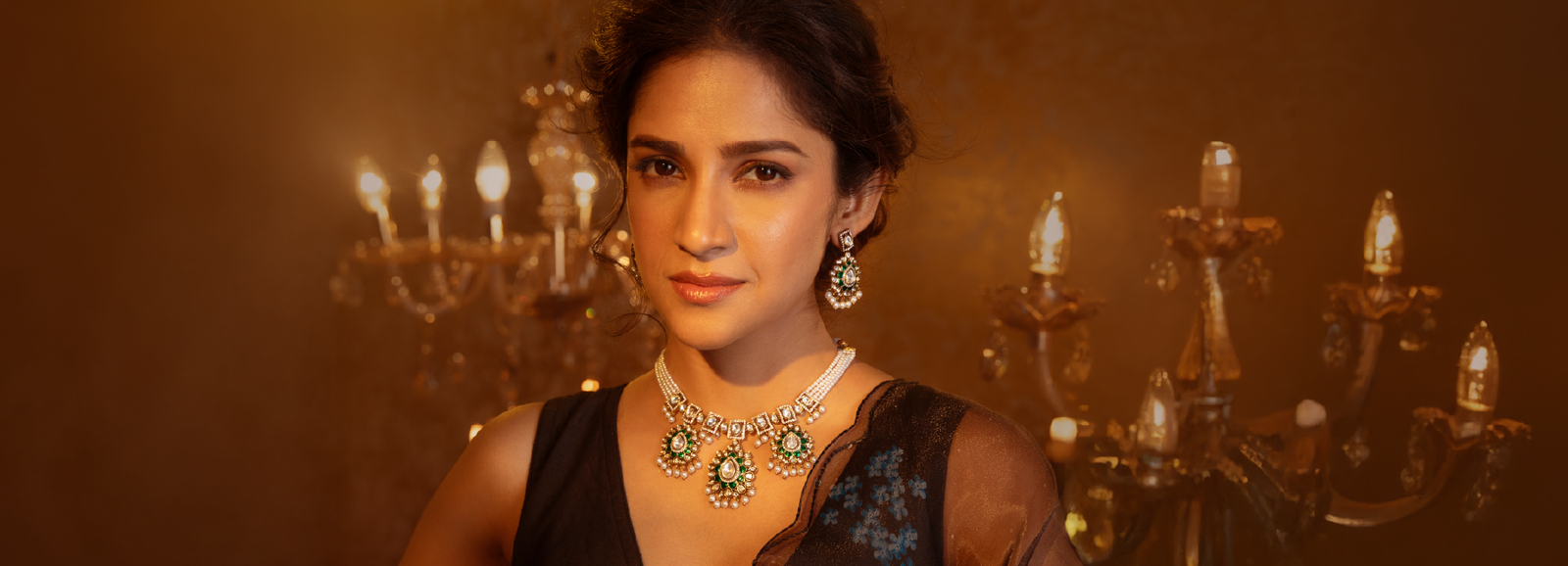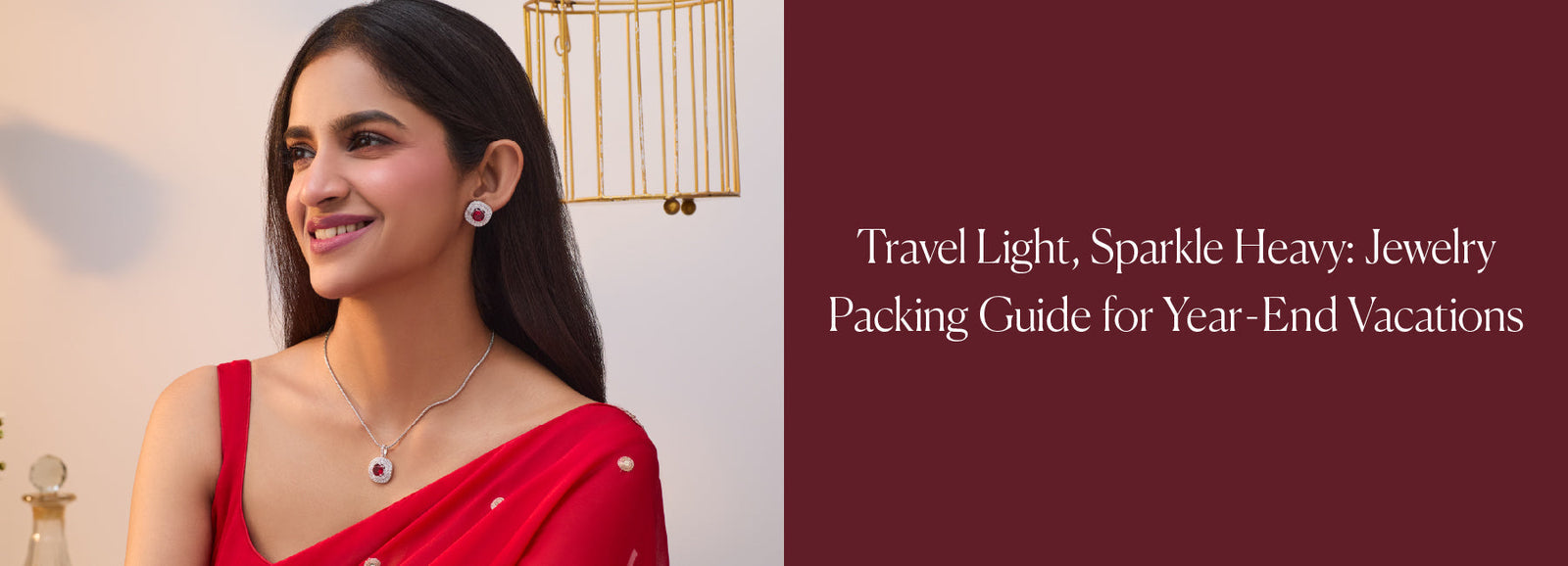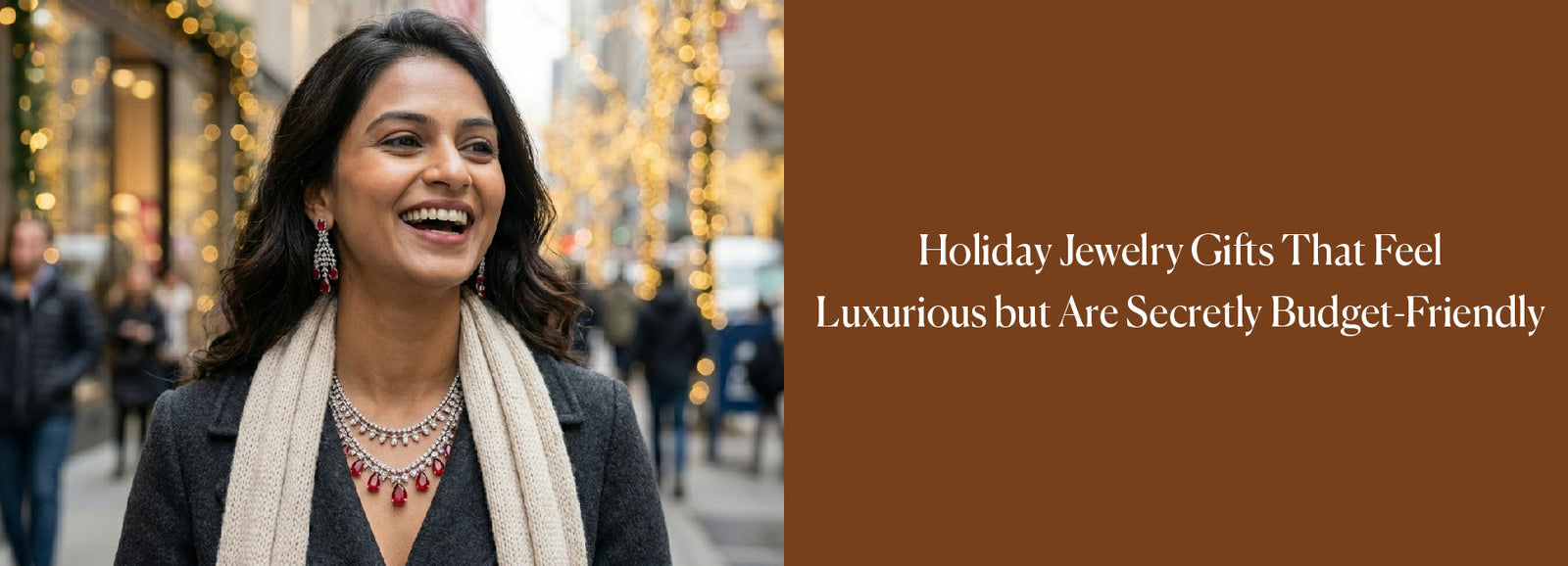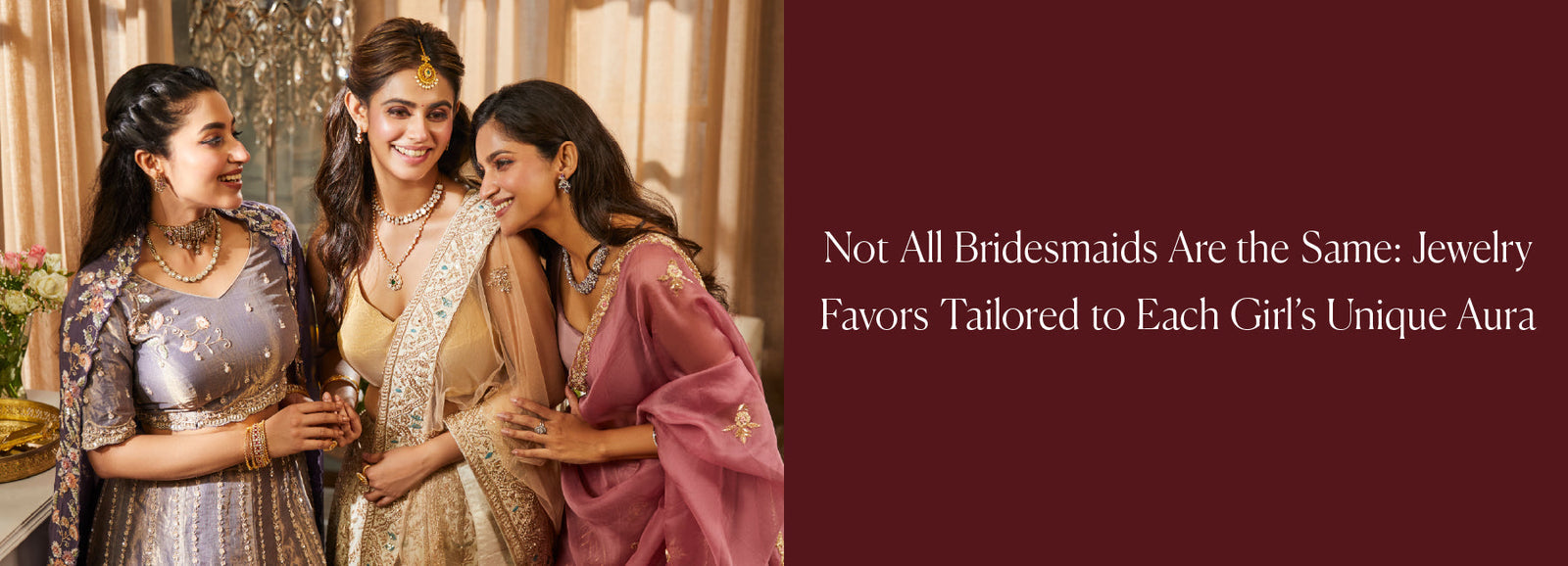Jewelry is a form of expression that has remained constant among monarchs across continents and centuries. It has played a crucial role in shaping royal identity. Jewelry was either worn as a display of power, a symbol of divine right or a gesture of diplomacy. The jewels worn by royals ranging from South Indian temple jewelry to British Crown diamond tiaras have evolved beyond beauty to express authority, allegiance, and even personal beliefs.
Indian jewelry holds a unique position in this narrative. The Indian royal families supported both traditional jewelry craftsmanship while collaborating with European houses like Cartier and Boucheron to create pieces that combined cultural elements with international style.
The royal connections have reappeared in popular culture and high-profile exhibitions which has led to a new wave of interest in heritage jewelry. Modern pieces such as CZ jewelry incorporate royal design elements into their designs to merge classic sophistication with contemporary fashion trends.
This blog explores how royal families across India, Europe, and Asia have used jewelry to develop a shared visual language which motivates modern jewelry design and cultural creativity.
JEWELRY AS A ROYAL SIGNATURE ACROSS CULTURES
Royalty across the globe has always used jewelry to:
> Establish identity and rank
> Showcase wealth and artistry
> Express faith or cultural symbolism
> Create legacy through heirlooms
INDIAN ROYAL JEWELRY: A CHRONICLE OF CULTURE AND CRAFT
Indian royalty cultivated a remarkably diverse and spiritually rich jewelry tradition that still influences global design.
● Kundan Jewelry: A Mughal-Given Legacy
The Mughal courts developed kundan jewelry through their expertise in placing uncut diamonds between layers of gold foil. Kundan represented one of India's most expensive forms of jewelry and was often reserved for nobility and royal weddings.
Similarity to World Monarchs: The Indian royals layered themselves with kundan chokers, earrings and mathapattis as symbols of grace, power and, artistic patronage similar to the French and Russian monarchs who favored diamonds and regal filigree.
● Temple Jewelry: Sacredness and Sovereignty
Temple jewelryoriginated in South India and was initially created to decorate deities in temples. Royal families later adopted these heavy gold pieces which featured divine forms and traditional motifs including the lotus, peacock and conch.
Shared Language: Indian Royals wore temple jewelry as a symbol of divine right and cultural pride much like how the ancient Egyptian or African kings wore jewelry as a spiritual and royal statement.
GLOBAL MONARCHS AND THEIR SYMBOLIC ADORNMENTS
● European Royals: Diamonds and Dynasties
Tiaras and brooches became key identifiers of royal status in Europe. Be it Queen Elizabeth I’s pearl-laden ruffs to Queen Mary’s magnificent diamond tiaras, European monarchs favored pieces that demonstrated lineage and power.
Convergence with Indian Jewelry: traditional Indian hair accessories like maang tikka and matha patti mirrors the grace of royal tiaras. South Indian hair brooches also echo the multi-piece elegance of European ceremonial accessories.
● Ottoman & Persian Royals: Intricate Enamel and Color Play
Middle Eastern royal families chose to wear stones that were bright in color and metalwork that was intricate. Cloisonné and enamel jewelry reached its peak in Ottoman courts and were typically made in deep red, blue and green shades.
Connection to Indian Meenakari/Enamel Jewelry:The Indian art of meenakari (enamel jewelry) employs similar techniques, especially in Rajasthani and Mughal-inspired designs. The jhumkas and rings that are vibrant in color are similar to the bold elegance of Ottoman aesthetics.
THE MODERN EVOLUTION: CZ JEWELRY INSPIRED BY REGAL ELEGANCE
Diamonds continue to represent royalty, but modern CZ jewelry provides royal sparkle at a more fashionable and affordable price point.
● Modern Yet Regal
A CZ-studded choker with temple-inspired carvings channels the grandeur of both Indian and European courts. It is perfect for weddings, galas or even high-fashion photoshoots.
● Layering the Legacy
Stackable CZ bangles or cocktail rings inspired by navaratna (nine-gem) arrangements bring a royal feel to modern styling. It allows contemporary women to express their legacy through their personal fashion choices.
Symbolism Shared Across Kingdoms
Royal jewelry throughout the world carried identical values regardless of cultural background:
|
Symbol |
Indian Jewelry |
Global Monarchies |
|
Lotus |
Purity, divinity |
Also sacred in East Asian royal symbolism |
|
Peacock |
Beauty, immortality |
Featured in Persian and Byzantine court designs |
|
Snake/Serpent |
Protection, rebirth |
Seen in Victorian snake rings (eternal love) |
|
Sun/Moon Motifs |
Royal power, cosmic balance |
Present in European heraldry and Chinese imperial jewelry |
These symbols form a common language. They are used to define identity while transmitting values and paying tribute to ancestral heritage.
HEIRLOOM JEWELRY: LEGACY THAT TRANSCENDS BORDERS
Jewelry was often reserved for the generations to come. Royal families across India and Europe passed down ornaments as symbols of legacy and continuity.
> Indian women to this day inherit bridal jewelry from their mothers and grandmothers.
> Engagement rings, tiaras and brooches are passed down through generations in Western royal families and are imbued with emotional weight.
Our designs at Tarinika are created with this idea of heirloom beauty. The pieces are created using traditional techniques to produce timeless designs that can be passed on to your future generations.
WEARING ROYALTY TODAY: EVERYDAY LUXURY
You no longer need to wear crowns to experience the feeling of royalty. Today’s Indian jewelry brings royal history into daily life with modern interpretations of regal aesthetics.
Style Tips:
> Temple earrings pair beautifully with silk blouses or maxi dresses for a divine look.
> Kundan chokerscreate an excellent look when paired with off-shoulder gowns or fusion lehengas.
> Enamel bangles add color and cultural charm to minimal western outfits.
> CZ statement rings are perfect for cocktail evenings or gifting with a luxe touch.
Conclusion: The World’s Crowns, One Shared Sparkle
Indian royalty and the world’s monarchs may have ruled different lands, but their love for jewelry united them in a language of beauty and power. Tarinika brings this legacy to life by offering you jewelry inspired by palaces but crafted for your present.
Explore our curated collection that covers the broad spectrum of both contemporary and traditional Indian jewelry. Shop now at Tarinika and find your perfect piece that makes you look and feel regal.









